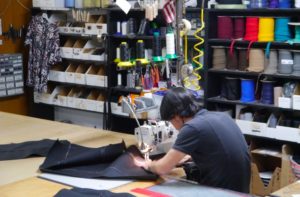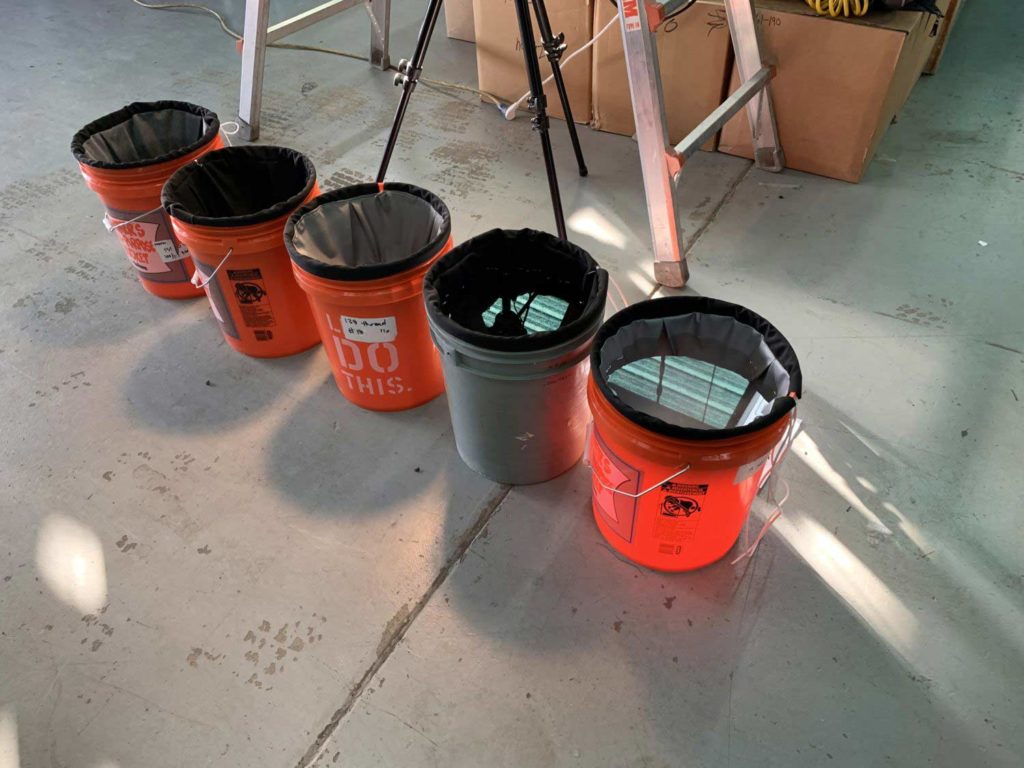
The Leaky Seam
With the growth of our company, we have seen a large increase in orders from all over the country. One of our most popular products is our Double Up Storage Cover. This past fall we had two of these covers shipped up to the great Seattle area, and as much as we don’t want to admit it, we had to refund the orders because of leaking issues. We wouldn’t want our boat full of water either.
Up to this point, we have not seen any issues to this extent. So, having two in the same month, we took it very seriously. We started with testing the fabric to make sure it was holding water. Once that was confirmed, we reached out to all our vendors and shared with them the issue along with the materials and methods we were using.
We had our thread vendor, Quality Thread, send us various thread and needle sizes to test and this suggested that what we were using might not be the best. Then our Trivantage rep reached out to fabricators in the upper northwest and shared with us how they were dealing with these issues. Armed with this information, we decided to run our own, extremely, scientific tests.
We designed a cone-shaped bag with one continuous seam that we could hang inside a bucket and pour water into. We cut out five bags using Aqualon Edge and sewed them together using different thread and needle combinations.
We set up our test with a bucket that was the setup (thread and needle) we were currently using. As well as other combinations of needles and PTFE threads. From the advice of the fabricator in the Northwest, we also tried a polyester thread called SunGuard to compare with the PTFE threads.
Needle and Thread Combinations
Groz-Beckert #16 Needle With Solarfix 1350D PTFE Thread (Control)
Groz-Beckert #18 San 6 Needle With Solarfix 3000D PTFE Thread
Groz-Beckert #18 San 6 Needle With Solarfix 2400D PTFE Thread
Groz-Beckert #14 Needle With Solarfix 2000D PTFE Thread
Groz-Beckert #18 San 6 Needle With SunGuard 138 Polyester Thread
We tied our bags to the buckets, filled each of them with one gallon of water, and pushed record on the GoPro.

https://youtube.com/watch?v=i4RsSFoAnOs%3Fcontrols%3D1%26rel%3D0%26playsinline%3D0%26modestbranding%3D0%26autoplay%3D0%26enablejsapi%3D1%26origin%3Dhttps%253A%252F%252Fsewlong.com%26widgetid%3D1
As the day went on, you could see the clear winner was the SunGuard, as we kind of expected. Being a bonded polyester thread, it has the ability to swell up and clog the holes, unlike the PTFE which will not absorb any water. However, the polyester still performed much better than we guessed. In second place, came the #14 needle with the 2000D thread. This makes sense because it creates the smallest hole of any of the other needles.
In last place, the one that will cause the most water to enter your boat was the combination we have been using. A number 16 needle with 1350 D thread. So, crap we are not perfect, we obviously need to change our setup. But this didn’t answer why over the past 10 years of building our Double Up covers we hadn’t had these issues until now. So, we need more tests.
We cut three more bags out of Aqualon Edge, took the best performing combination of needle and PTFE thread (#14 and 2000D), and sewed them up. We then took one and coated both sides of the seam with IOSSO Seam Sealer. We also coated one bag with HH-66 adhesive on the inside of the seam. But what to do with the third?
Well a few years back we had a brand new bimini leak so, we asked a few fabricators what we could do to stop it. The resounding answer was, to give it time. Dirt and other debris will clog up the holes. So, we grabbed some dirt from the planters in front of our shop and rubbed it into the seam.
We repeated the test, this time comparing the untreated #14 needle with a 2000D thread along with the untreated #18 with SunGuard 138. We all kind of agreed that the HH-66 would do the best. It’s thicker and while applying it, seemed to really coat the seam better. Well, we were all wrong, it did the worst of the treated seams. Any guesses what did the best? Dirt. Dirt with PTFE thread did just about as good as the polyester thread. Those old salty sailor fabricators were right, give it time and dirt will seal up your seam.
Our Big Take Aways
We learned we need to change our manufacturing practices with regard to thread and needle size. And that there may not be a one size fits all approach to the thread. If you get more rain than sun a polyester thread may be the best option for you.
We concluded that the two covers we shipped up to the Northwest had two things working against them: First, they were installed days before a two-week continuous rain storm hit, not giving time at all for dirt and debris to settle on the cover and fill any holes. Second, we should have been using a smaller needle with a larger thread and even possibly using a polyester thread.
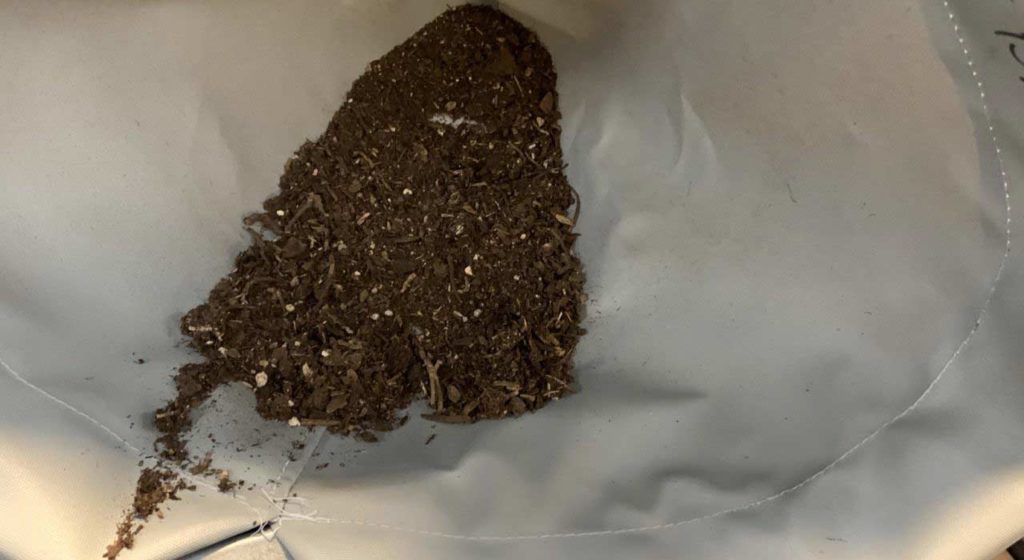
Recent Posts
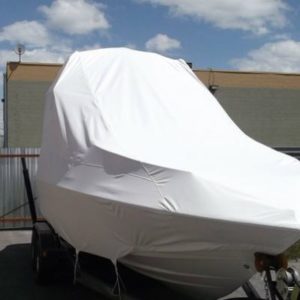
What Cover Do I Need?
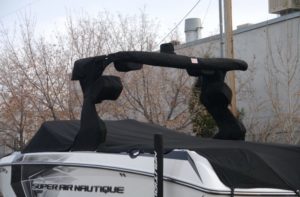
Keepin’ That Tower Clean – The Art That Is A Tower Boot
Featured Posts
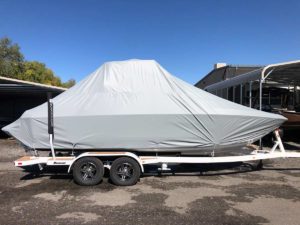
One Size Fits All?
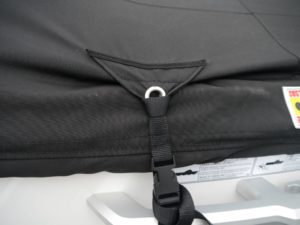
Cinch Vs. Ratchet: Fabrication
